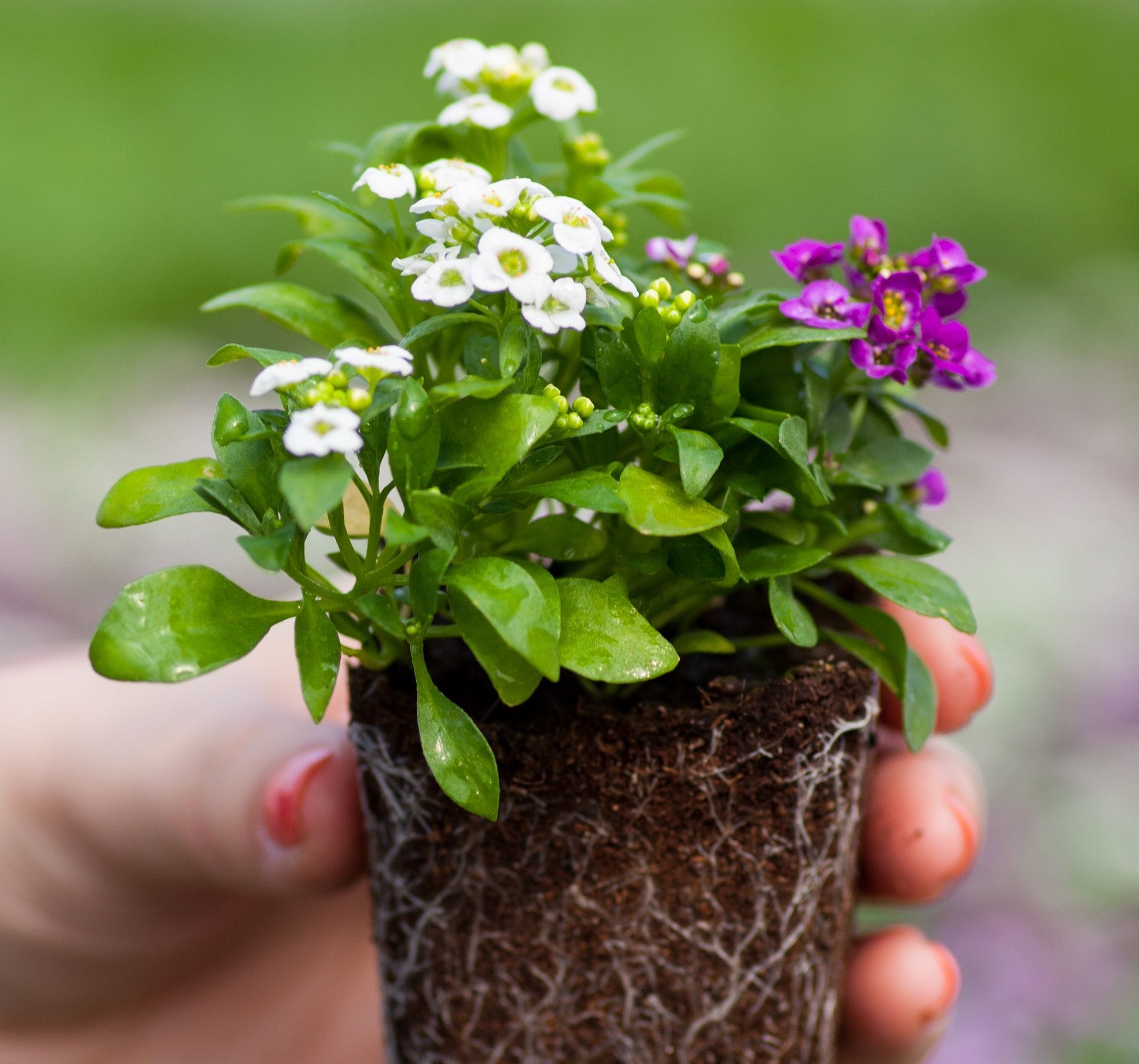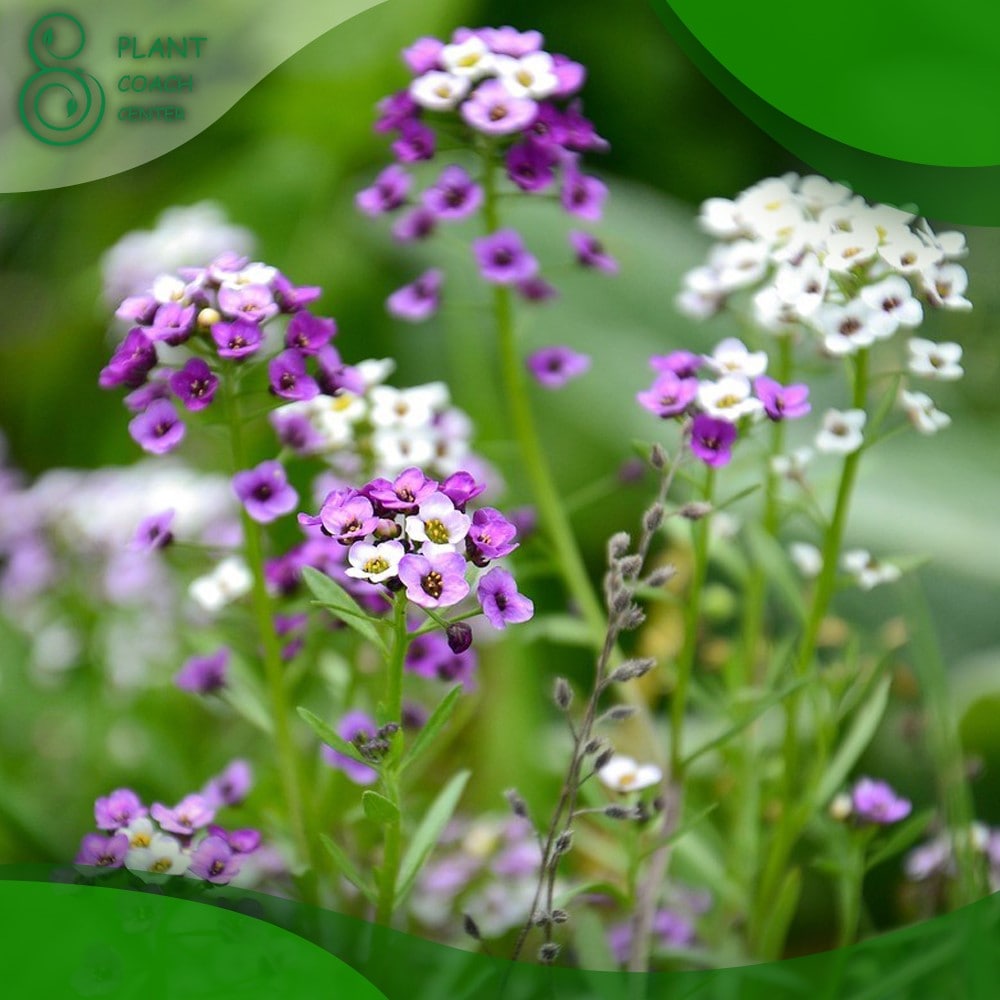Why Indoor Sowing is a Game-Changer for Alyssum
When deciding when to start alyssum seeds indoors, it’s essential to understand the benefits of indoor sowing. By giving your seeds a head start on the growing season, you can enjoy earlier blooms and a more robust display of color. Indoor sowing also offers improved germination rates and better control over growing conditions. This means you can carefully regulate factors like light, temperature, and moisture to create an ideal environment for your seeds to thrive. As a result, you’ll be rewarded with stronger, healthier seedlings that are better equipped to handle the challenges of outdoor growth. By starting alyssum seeds indoors, you can take your growing to the next level and enjoy a more successful harvest.
Understanding Alyssum’s Unique Needs
Alyssum seeds have specific requirements that must be met to ensure successful germination and growth. One of the most critical factors is light. Alyssum seeds require indirect light to germinate, so it’s essential to provide them with a location that receives bright, indirect light. Temperature is also crucial, with ideal temperatures ranging from 65-75°F (18-24°C) for optimal germination. Moisture is another vital element, and alyssum seeds prefer consistent moisture, but not waterlogged soil. By understanding and meeting these unique needs, you can create an ideal environment for your alyssum seeds to thrive. When deciding when to start alyssum seeds indoors, it’s essential to consider these requirements to ensure the best possible start for your seeds.
How to Determine the Ideal Start Date for Your Alyssum Seeds
To determine the ideal start date for your alyssum seeds, it’s essential to consider the last frost date in your area and the desired bloom time. Alyssum seeds typically take 7-10 days to germinate and 6-8 weeks to mature. By counting backward from the last frost date, you can calculate the optimal start date for your seeds. For example, if the last frost date in your area is May 15th, and you want your alyssum to bloom by June 1st, you should start your seeds indoors around April 1st. When deciding when to start alyssum seeds indoors, it’s crucial to factor in the specific growing conditions in your region and the desired bloom time to ensure a successful harvest. By doing so, you can give your seeds the best possible start and enjoy a vibrant display of color in your garden.
The Role of Climate and Region in Alyssum Seed Starting
Climate and region play a significant role in determining when to start alyssum seeds indoors. In warm climates, such as USDA Hardiness Zones 9-11, alyssum seeds can be started indoors 4-6 weeks before the last frost date. In cooler climates, such as USDA Hardiness Zones 3-5, it’s best to start seeds indoors 6-8 weeks before the last frost date. This allows the seedlings to mature slowly and be ready to transplant outdoors when the weather warms up. Additionally, regions with short growing seasons may require earlier indoor sowing to ensure alyssum blooms before the first frost. Understanding the specific climate and region you’re in is crucial when deciding when to start alyssum seeds indoors, as it directly impacts the success of your seedlings. By considering these factors, you can tailor your seed starting strategy to your local conditions and enjoy a thriving alyssum crop.
Preparing the Perfect Indoor Environment for Alyssum Seeds
Creating an ideal indoor environment is crucial for successful alyssum seed germination and growth. When deciding when to start alyssum seeds indoors, it’s essential to consider the soil, container, and lighting requirements. A well-draining seed starting mix specifically designed for indoor sowing is recommended, as it will help prevent waterlogged soil and root rot. Choose containers that are at least 1-2 inches deep and have drainage holes to ensure excess water can escape. In terms of lighting, alyssum seeds require bright, indirect light. Placing them near a south-facing window or under grow lights with a temperature of around 70-75°F (21-24°C) will promote healthy growth. Additionally, maintaining a consistent temperature and humidity level will help create an optimal environment for your alyssum seeds to thrive. By providing the right conditions, you can increase the chances of successful germination and give your alyssum seeds a strong start.
Common Mistakes to Avoid When Starting Alyssum Seeds Indoors
When starting alyssum seeds indoors, it’s essential to avoid common mistakes that can lead to poor germination or weak seedlings. One of the most critical mistakes is overwatering, which can cause the seeds to rot before they have a chance to germinate. On the other hand, underwatering can also hinder germination, so it’s crucial to find the right balance. Inadequate light is another common mistake, as alyssum seeds require bright, indirect light to germinate successfully. Insufficient light can lead to weak and spindly seedlings. Additionally, using the wrong soil or containers can also hinder germination. For example, using a regular potting soil instead of a seed starting mix can prevent the seeds from getting the necessary nutrients. By being aware of these common mistakes, you can take steps to avoid them and increase the chances of successful germination when deciding when to start alyssum seeds indoors. By doing so, you’ll be well on your way to growing healthy and thriving alyssum plants.
Expert Tips for Successful Alyssum Seed Germination
Optimizing alyssum seed germination requires attention to detail and a few expert tips. One of the most critical factors is using a high-quality seed starting mix specifically designed for indoor sowing. This type of mix will provide the necessary nutrients and drainage for the seeds to germinate successfully. Another key factor is providing a warm location for the seeds to germinate. A temperature of around 70-75°F (21-24°C) is ideal for alyssum seeds. Gentle watering techniques are also essential, as overwatering can lead to rot and poor germination. Watering from the bottom, where the seeds are placed in a tray and water is added to the tray, can help prevent washing away the tiny seeds. Additionally, providing bright, indirect light will help promote healthy growth and development. By following these expert tips and considering when to start alyssum seeds indoors, you can increase the chances of successful germination and give your alyssum plants a strong start.
Transplanting Alyssum Seedlings Outdoors: A Step-by-Step Guide
Once your alyssum seedlings have 2-3 sets of leaves, it’s time to transplant them outdoors. To ensure a successful transition, follow these steps. First, harden off your seedlings by gradually exposing them to outdoor conditions over the course of 7-10 days. This will help them adjust to direct sunlight, wind, and temperature fluctuations. Next, prepare the soil by loosening it to a depth of 12-18 inches and mixing in a balanced fertilizer. When transplanting, space the seedlings 6-12 inches apart, depending on the variety, and water them well. Consider transplanting in the early morning or evening to minimize stress on the seedlings. Finally, keep the soil consistently moist during the first few weeks after transplanting. By following these steps and considering when to start alyssum seeds indoors, you can give your alyssum plants a strong start and enjoy a bountiful bloom.






